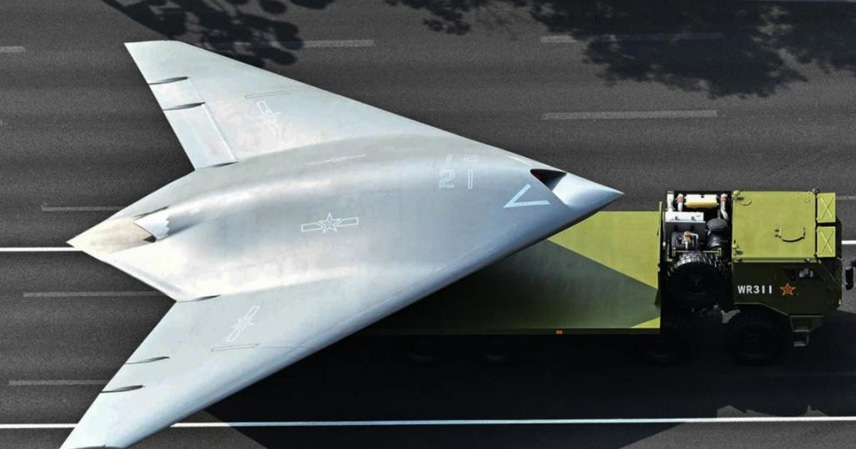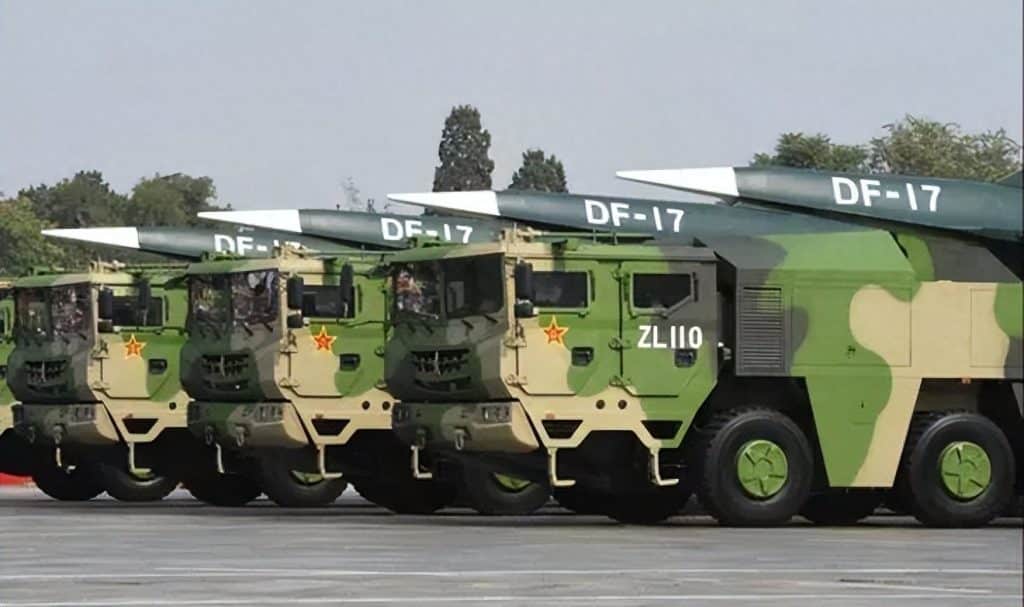China’s state broadcasters and social media have lately highlighted a new stealthy, tailless unmanned aircraft that—if open‑source imagery and official hints are to be believed—has already appeared aboard the Fujian carrier and may soon operate from the Type‑076 amphibious assault ships (e.g., Sichuan). Beijing’s announcement names the type as “Attack‑21”, and parade footage shows features consistent with a foldable‑wing, flying‑wing design optimized for carrier operations.
Public displays like this are political signaling as much as capability disclosure. But even allowing for publicity, the Attack‑21 concept — a carrier‑launched, stealthy strike/reconnaissance UAV working alongside manned fighters and airborne early warning aircraft — deserves a sober technical and strategic readout.
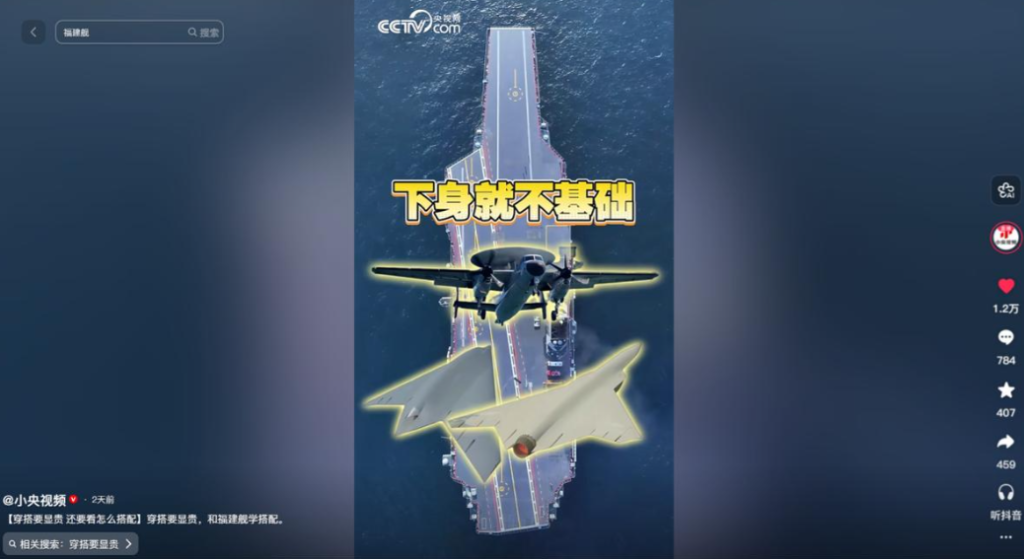
What the Attack‑21 appears to be
Open reporting and imagery suggest these attributes (open‑source confidence level: moderate):
- Flying‑wing / tailless layout with foldable wings for hangar stowage, minimizing radar returns.
- Carrier‑compatible features—reinforced landing gear, arrester hooks or tail‑hook alternatives, and low‑cross‑section deck handling fittings.
- Possible catapult launch compatibility (electromagnetic or steam) and recovery solutions adapted for small aircraft.
- Role set encompassing stand‑off ISR (intelligence, surveillance, reconnaissance), maritime strike (A2/AD), and loitering strike—acting as a “loyal wingman” for manned fighters such as the J‑35 or J‑15DT.
- Integration with a carrier’s combat network (satcom relays, carrier AEW platforms like KJ‑600/AK‑600 or AWACS variants) for beyond‑line‑of‑sight targeting.
The observable design tradeoffs favour low observability, modular payload capacity (sensors, small precision munitions, anti‑ship/anti‑radar missiles), and an emphasis on reduced unit cost and expendability compared with a manned stealth fighter.
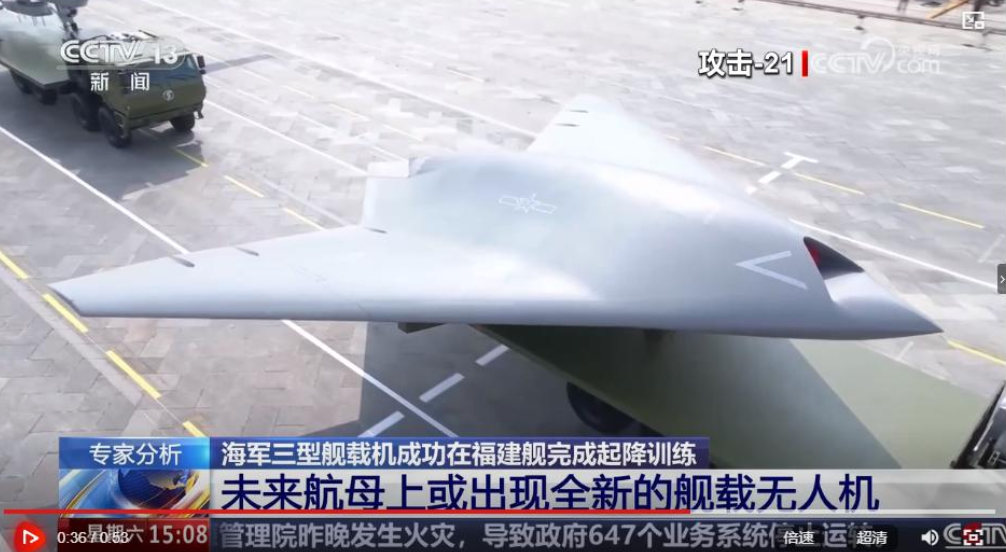
Tactical value: multiplying carrier reach and resilience
If Attack‑21 is operationally mature, it could change how China plans carrier task force operations in three concrete ways:
- Risk redistribution. Unmanned strike and reconnaissance assets can be tasked into higher‑risk corridors (strikes against air defences, contested ISR areas) without placing pilots at direct risk.
- Force density in constrained decks. UAVs occupy less hangar and elevator space than manned jets; a carrier can host more airframes per sortie generation by combining crewed and uncrewed wings.
- Distributed lethality. Stealthy UAVs carrying anti‑ship missiles or precision glide munitions complicate an adversary’s defensive geometry, forcing decision cycles and interceptor loads across more axes.
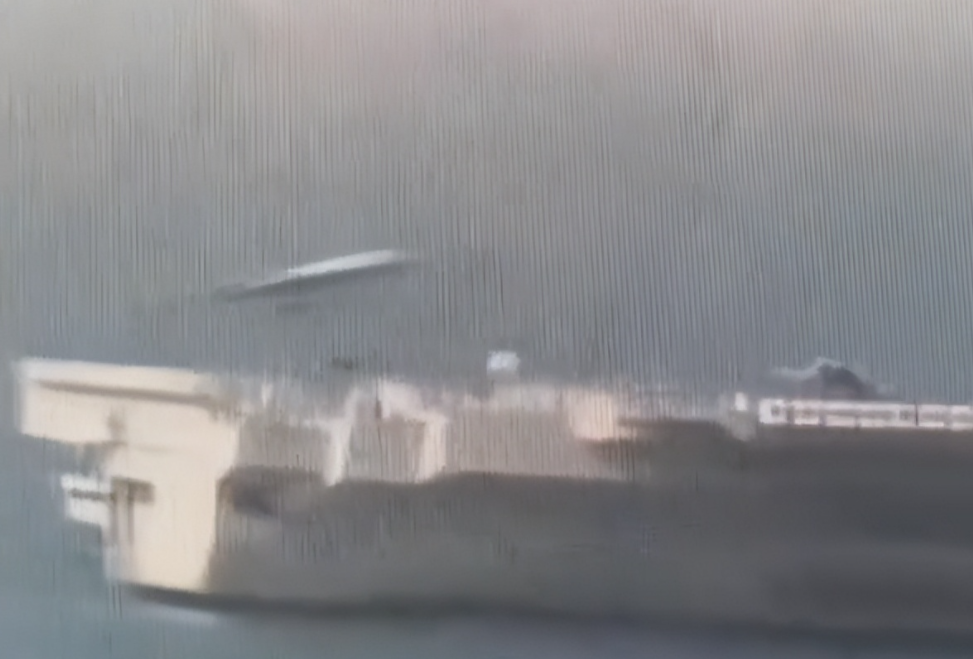
On a Type‑076 assault ship, the Attack‑21 could function as a carrier‑like strike node—enhancing amphibious groups’ reach and providing aerial punch without a full‑sized carrier air wing.
Operational caveats and technical hurdles
Public footage is one thing; sustained, navalized operations are another. Key caveats:
- Arrested recovery / deck handling. Operating high‑tempo UAV recovery on a moving deck remains technically and procedurally demanding. Catapult launch solves one side; reliable, automated or remotely assisted recoveries are essential.
- Robust datalinks. The effectiveness of a carrier UAV fleet depends on secure, jam‑resistant satellite and line‑of‑sight links. EW and anti‑satellite threats are acute in high‑end conflict.
- Logistics and sortie generation. UAVs still require maintenance, spares, sensors and ordnance chains; a large uncrewed contingent complicates carrier logistics rather than simplifies it unless carefully planned.
- Rules of engagement and autonomy. Use of armed UAVs launched from warships raises expensive command, legal and escalation questions—especially regarding autonomous engagement decisions.
- Countermeasures and survivability. Stealth helps, but sophisticated adversaries will adapt—networked radar, missile salvos, and directed‑energy defenses complicate survivability assumptions.
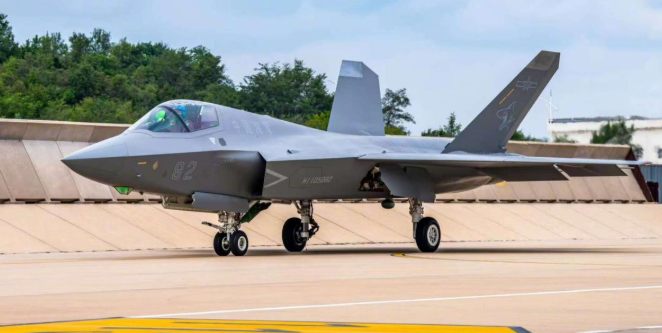
Strategic implications and the broader picture
The Attack‑21, coupled with electromagnetic catapult (EMALS) technology on Type‑075/076/003‑class ships and increasingly capable AEW and datalink systems, indicates China’s push toward a mixed manned‑unmanned carrier aviation model. That model:
- Enhances operational flexibility across the first and second island chains;
- Lowers risk for human pilots in high‑intensity environments; and
- Raises the operational cost for any opponent trying to defend surface assets.
Still, it would be inaccurate to conclude a decisive, one‑side lead. The United States and other navies are investing in carrier UAVs and unmanned wings too; integration timelines, mass‑production rates, and operational doctrines will determine relative advantage.
Bottom line
Open reporting that the Attack‑21 can operate from Fujian and potentially from Type‑076 vessels is an important indicator of China’s naval aviation trajectory: a shift toward mixed manned‑unmanned air wings, enabled by EMALS, improved AEW/databus networks, and stealthy, low‑cost strike UAVs. The concept is strategically significant because it multiplies reach and complicates an adversary’s defensive calculus.
But reality will hinge on mundane and hard things—recovery reliability, datalink security, logistics, and legal doctrine. Until those are proven in sustained fleet operations, Attack‑21 is best read as an important step in a longer, iterative modernization of naval air power rather than an overnight revolution.
References & reporting sources
- Chinese state media and parade footage (public domain).
- Open‑source commentary on carrier UAV concepts and EMALS integration.
- Comparative literature on unmanned carrier aviation and naval air wing design.

